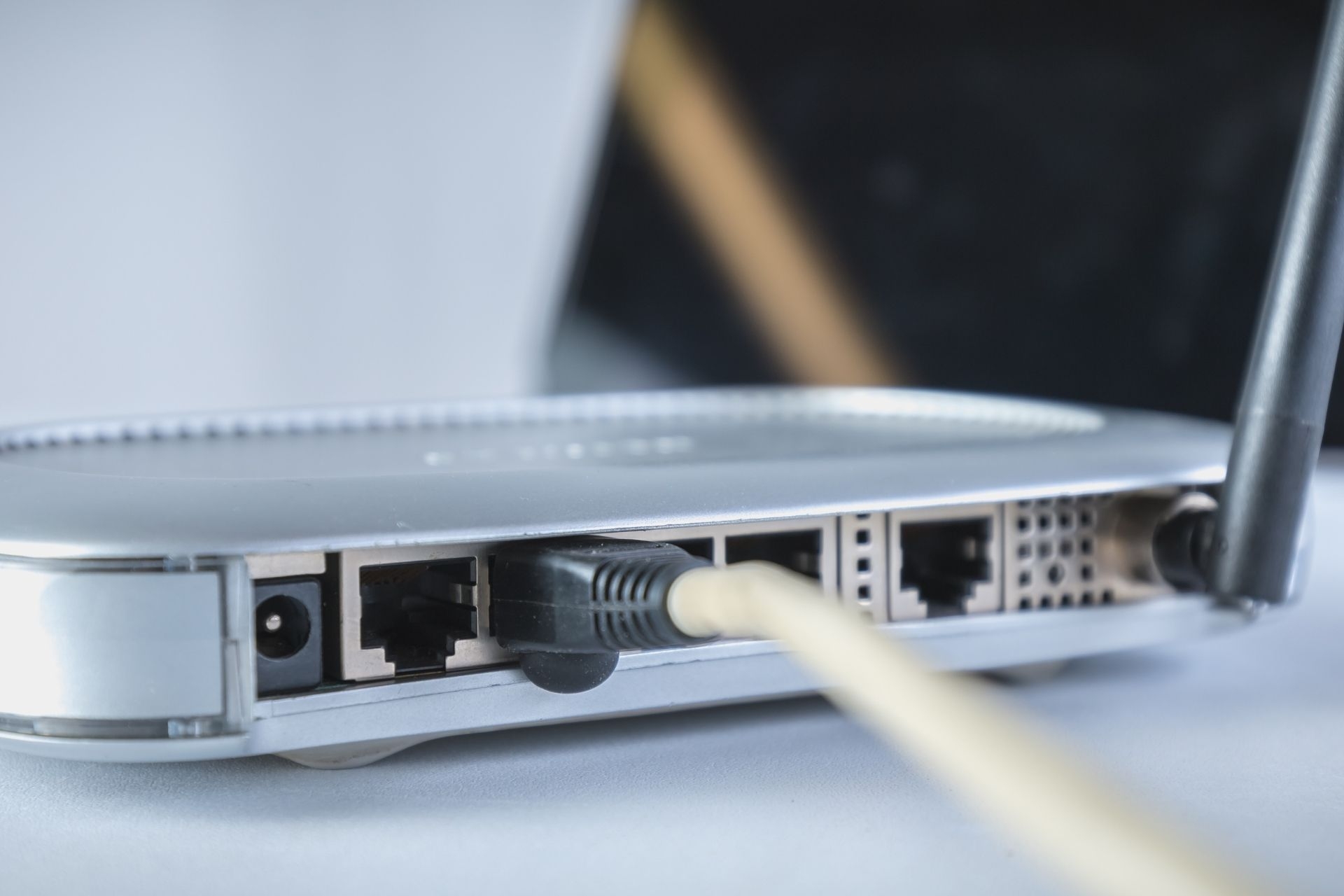Fiber Deep Architecture
How does Fiber Deep Architecture improve network performance in terms of latency and bandwidth?
Fiber Deep Architecture improves network performance by reducing latency and increasing bandwidth through the deployment of fiber optic cables closer to end-users. By bringing fiber optic cables deeper into the network, data can travel shorter distances, resulting in lower latency and faster data transmission speeds. This architecture allows for more efficient data delivery, leading to improved network performance overall.



